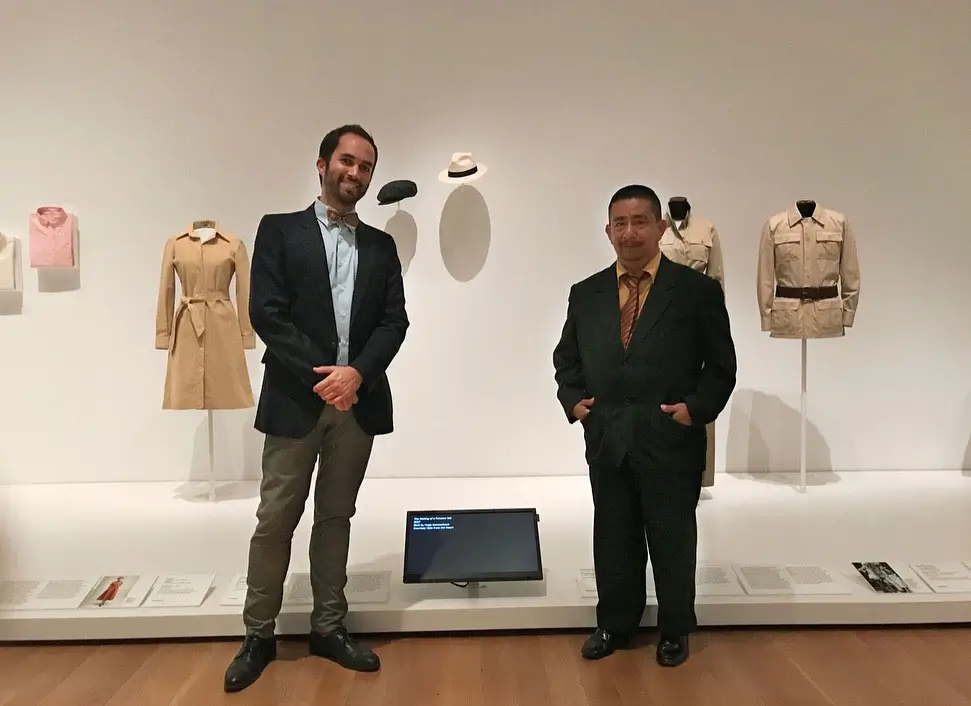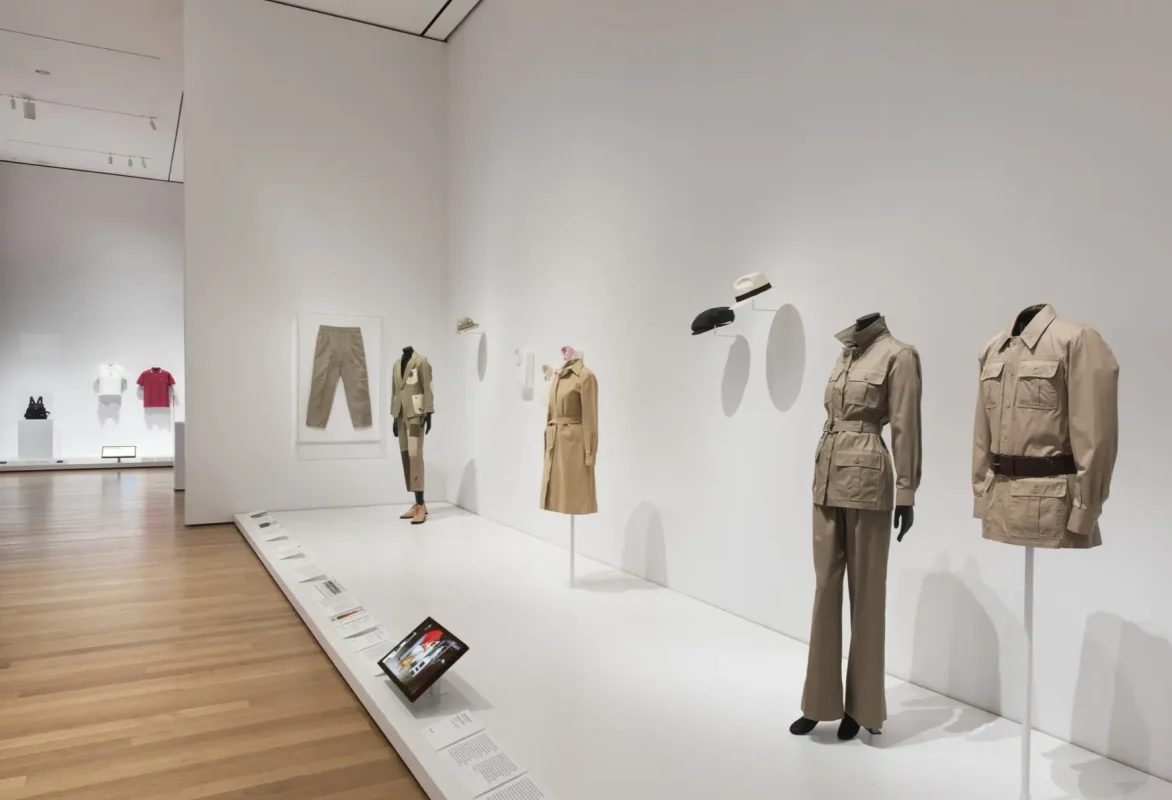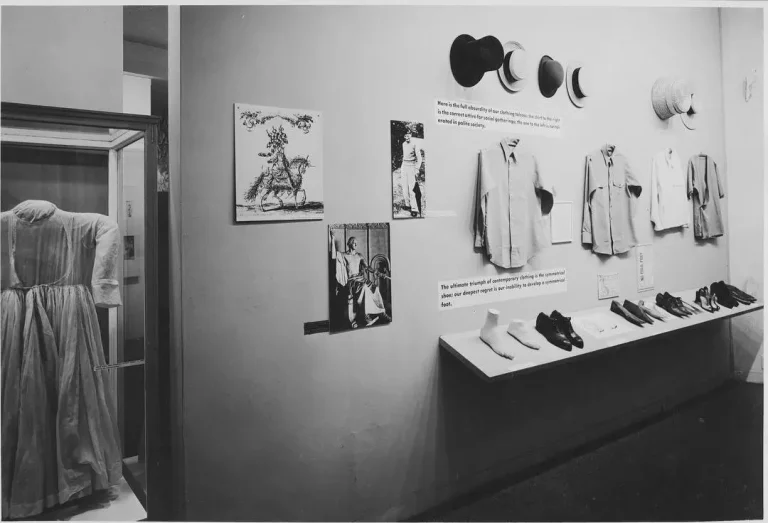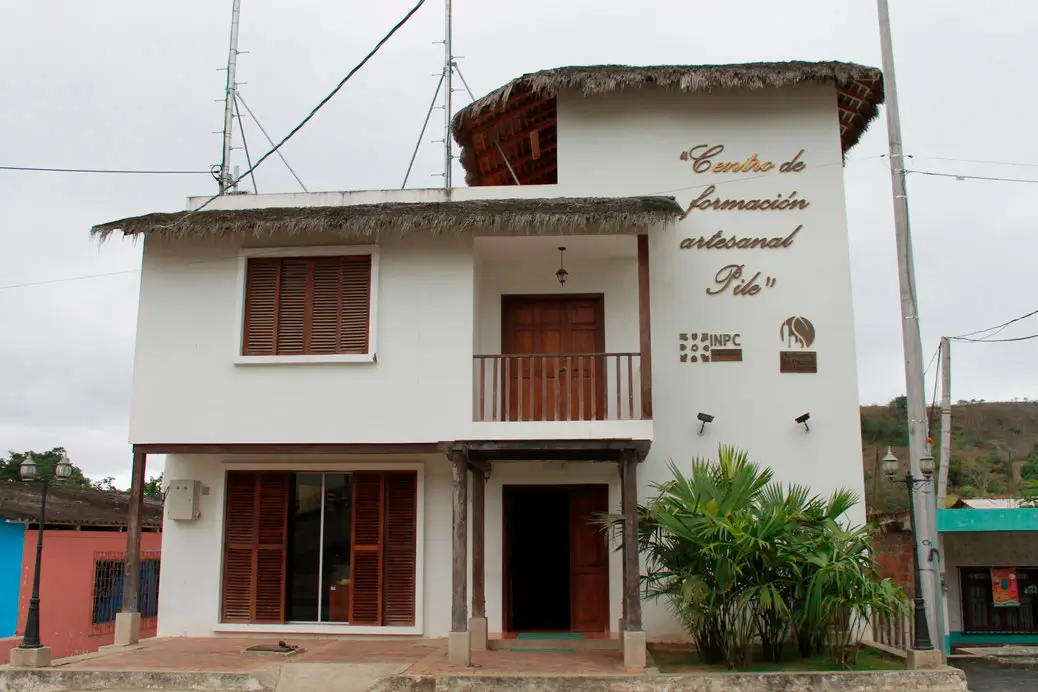Domingo Carranza Montecristi Panama Hats. Talent and creativity of the best hatmakers in Montecristi and possibly in the world.
Domingo Carranza Montecristi Panama Hat weaver’s family and their story
- Domingo Carranza
- The MoMA
- The School
Domingo Montecristi Panama Hat Weaver, as I call him, is in my opinion and many recognized experts on the subject, one of the most extraordinary artisans of fine toquilla straw hats I have ever known. He was born on December 20th, 1969 in the commune of Pile, Canton of Montecristi. Son of Aura Margarita and Jorge Ignacio, he is the eldest of twelve siblings.
Since he was 7 years old, his parents and his grandmother Ana María, taught him the art of weaving toquilla straw. Records of this activity of the Carranza Alarcón family have been kept since 1878, being Domingo the sixth generation of artisan weavers in the family.
Weaving was, and still is, one more of the routines of the inhabitants of the province of Manabí on the coast of the country. Hats were woven for use in the field, for cowboys and muleteers who, with their reams of mules loaded with merchandise, supplied the markets of the provinces. They toured the area habitually and they knew the great quality of the hats of this commune. Thanks to them it was possible to commercialize part of the incipient production.
At first, the child’s small fingers were trained with thick straws, which became mats. Gradually, the result of hours and hours lying on the weaving bench became finer and more delicate, in the most uncomfortable position that a layman could imagine.
The first hat that passed family scrutiny and quality control to be marketed is still engraved in the mind of that 9-year-old. Proudly, he gave the 90 sucres he received for that job to his mother to make the weekly family market. Since then, his skillful hands have not stopped weaving for a single day, each time with greater skill and talent.
He met Doña Mary more than two decades ago, a woman who, like him, comes from a family of artisans. Together they have formed a beautiful family of 5 children and three grandchildren.
Read full storyThe Pile Commune is the home of the finest Montecristi hats
Although he is also a fisherman, peasant, barnyard animal breeder, bricklayer, community leader and weaver instructor, it is still this activity, weaving, the most pleasing for him and the one that makes him feel proudest. Consecrating him as an artisan of incredible talent and abilities.
Life for this humble and happy family passed without great upheavals or excessive luxuries, until one unfortunate day, Domingo suffered an accident that had him hospitalized for several months and a long year bedridden, with the logical patriarchal concern of how to support his offspring. It was then, when all the family led by Doña Mary and directed by the convalescent Domingo turned to the manufacture of hats, which were badly sold to continue forward in those difficult times. Domingo’s five children emerged as skillful artisans, all together managed to overcome this crisis and never abandoned the art of weaving. With years of practice and the teachings of the best master artisan they could have, some of the best fine hats the world has ever known have come out from this family workshop.
The fame of the hats made by Domingo transcends the borders of Ecuador. In spite of himself, his works of art are widely recognized and valued in London, Dubai, New York, Milan or Moscow, rather than in Quito or Guayaquil. However, life had a good surprise for him, which arrived in the spring of 2017. THE MUSEUM OF MODERN ART of New York (MoMA), contacted him to order a hat, which would be exhibited in this cathedral of contemporary art. This is the turning point in Domingo Carranza’s artistic career, not because of the obvious recognition that connoisseurs give to their work, but even more because of the justice that the Carranza family can live with dignity from their art. Therefore, today it is possible to buy directly one of these jewels from the hands of their creator, my dear friend Domingo.









